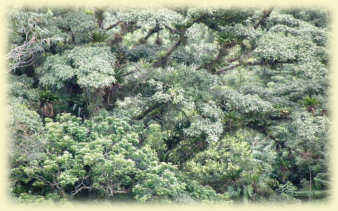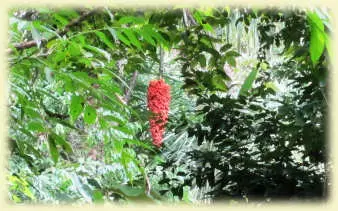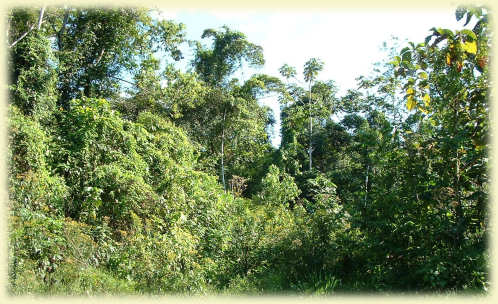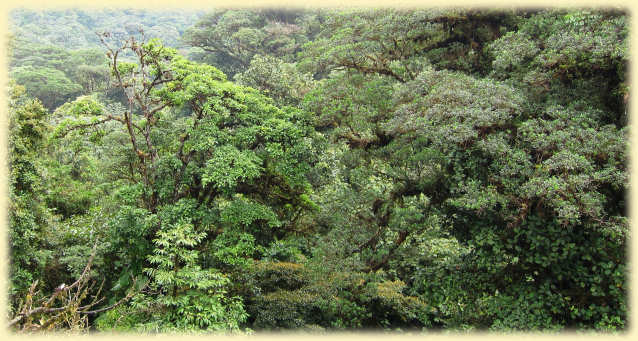Our Environmental Mission To Preserve the Forests
About the Rainforest surrounding the Butterfly Conservatory:
The Butterfly Conservatory is located in the small village of El Castillo, and this area was all primary rain/cloud forest, until just 50 years ago. Today, the village sits on the northern boundary of the rainforest reserves known as the Monteverde Cloud Forest, and the Children’s Eternal Rainforest.
Unfortunately, there was a time when the government of Costa Rica had an initiative to Homestead this part of the country, to create jobs and cattle ranches for food. This misguided program failed to work in this area because lands within a rainforest erode rapidly, and the mountain terrain isn’t suitable for cattle.
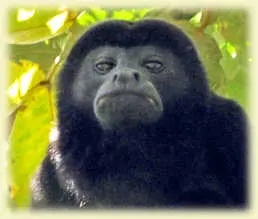

The Butterfly Conservatory was conceived in 2002 by the purchase of a small cattle ranch to be developed into a demonstration of rainforest regeneration. Since inception the site is continuously being rehabilitated and integrated into a Nature and Learning Center for educating the public about methods of regenerating previously cut rainforest.
The project creates a tranquil paradise here in the shadow of the magnificent Arenal Volcano. There are panoramic views of Lake Arenal and the surrounding rainforest, which provide a sanctuary for an unimaginable diversity of Costa Rican plants, birds, insects and other wildlife. Ecological corridors run along the creek streams from the forest reserves above the village down to the lake. Two of these streams run through the Butterfly Conservatory (Butterfly Creek and Frog Spring), providing clean and clear water for Costa Rica’s largest hydroelectric project, on the west side of Lake Arenal. After the water passes through the turbines, it flows in canals onto the more arid lowlands of the Guanacaste area to the west, providing water for crops and animals.
More About the Rainforests:
Rainforests have been described as the "Lungs of our Planet" because they provide the essential environmental service of continuously recycling carbon dioxide into oxygen. As an example, almost 20 percent of the world oxygen is produced in the Amazon Rainforest, the largest on Earth.
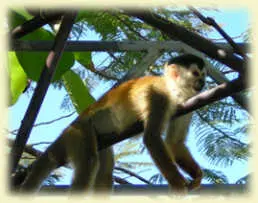
Rainforests are dense, warm, wet forests that are sanctuary for millions of plants and animals. At least 80% of the developed world's diet originated in the tropical rainforest. Its bountiful gifts to the world include fruits like avocados, coconuts, figs, oranges, lemons, grapefruit, bananas, guavas, pineapples, mangos and tomatoes; vegetables including corn, potatoes, rice, winter squash and yams; spices like black pepper, cayenne, chocolate, cinnamon, cloves, ginger, sugar cane, tumeric, coffee and vanilla and nuts including Brazil nuts and cashews. Actually, there are around 3000 fruits found in rainforests, however only about 200 are now in use in the Western World.
Rainforests are extremely important in the ecology of the Earth, and the plants of the rainforest generate much of the Earth's oxygen. The plants and trees of the rainforest are also very important to people in other ways, as many are used in the production of natural vitamins and medicinal herbs that fight disease and illness. Rainforest plants are rich in secondary metabolites, particularly alkaloids.
Biochemists believe alkaloids protect plants from disease and insect attacks. Many alkaloids from higher plants have proven to be of medicinal value and benefit. Currently, 121 prescription drugs currently sold worldwide come from plant-derived sources. And while 25% of Western pharmaceuticals are derived from rainforest ingredients, less than 1% of these tropical trees and plants have been tested by scientists.
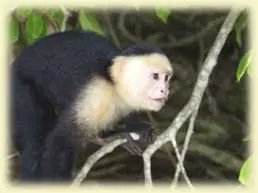
Layers of a Rainforest

EMERGENT LAYER
The tallest trees are the emergents, towering as much as 200 feet above the forest floor with trunks that measure up to 16 feet around. Most of these trees are broad-leaved, hardwood evergreens. Sunlight is plentiful up here. Animals found are eagles, monkeys, bats and butterflies.
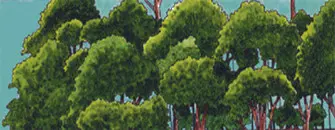
CANOPY LAYER
This is the primary layer of the forest and forms a roof over the two remaining layers. Most canopy trees have smooth, oval leaves that come to a point. It's a maze of leaves and branches. Many animals live in this area since food is abundant. Those animals include: snakes, toucans and treefrogs.
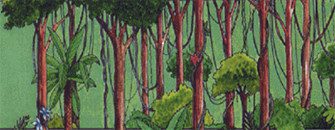
UNDERSTORY LAYER
Little sunshine reaches this area so the plants have to grow larger leaves to reach the sunlight. The plants in this area seldom grow to 12 feet. Many animals live here including jaguars, red-eyed tree frogs and leopards. There is a large concentration of insects here.
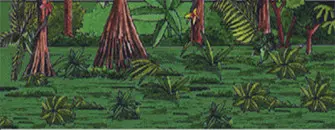
FOREST FLOOR
It's very dark down here. Almost no plants grow in this area, as a result. Since hardly any sun reaches the forest floor things begin to decay quickly. A leaf that might take one year to decompose in a regular climate will disappear in 6 weeks. Giant anteaters live in this layer.
Animals of the Rainforests:
An incredible number of animals live in rainforests. Millions of insects, reptiles, amphibians, birds, and mammals call them home. Insects are the most numerous animals in rainforests. Tropical rainforests have a greater diversity of plants and animals than temperate rainforests or any other biome.
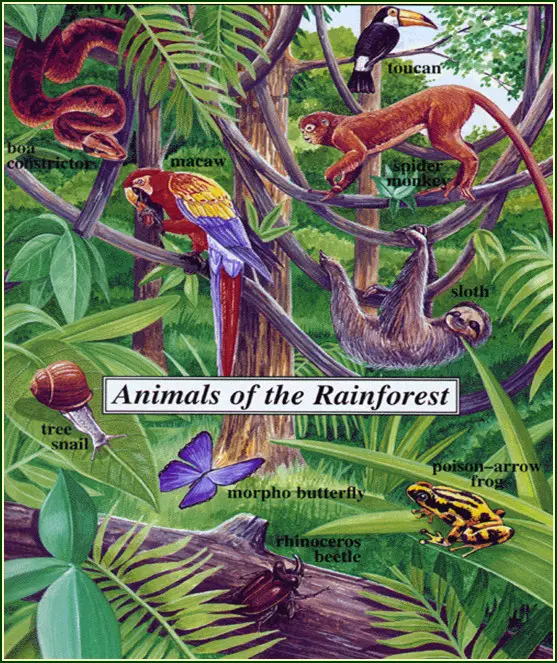
Rainfall:
It is almost always raining in a rainforest. Rainforests get over 80 inches (2 m) of rain each year. This is about 1 1/2 inches (3.8 cm) of rain each week. The rain is more evenly distributed throughout the year in a tropical rainforest (even though there is a little seasonality). In a temperate rainforest, there are wet and dry seasons. During the "dry" season, coastal fog supplies abundant moisture to the forest.
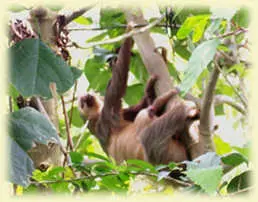
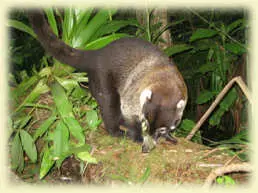
Temperature:
The temperature in a rainforest never freezes and never gets very hot. The range of temperature in a tropical rainforest is usually between 75° F and 80° F (24-27° C). Temperate rainforests rarely freeze or get over 80° F (27° C).
The Soil in a Rainforest:
The soil of a tropical rainforest is only about 3-4 inches (7.8-10 cm) thick and is ancient. Thick clay lies underneath the soil, and once damaged, the soil of a tropical rainforest takes many years to recover. Tropical rainforests cover about 7% of the Earth's surface and are VERY important to the Earth's ecosystem. The rainforests recycle and clean water. Tropical rainforest trees and plants also remove carbon dioxide from the atmosphere and store it in their roots, stems, leaves, and branches. Rainforests affect the greenhouse effect which traps heat inside the Earth’s atmosphere.
